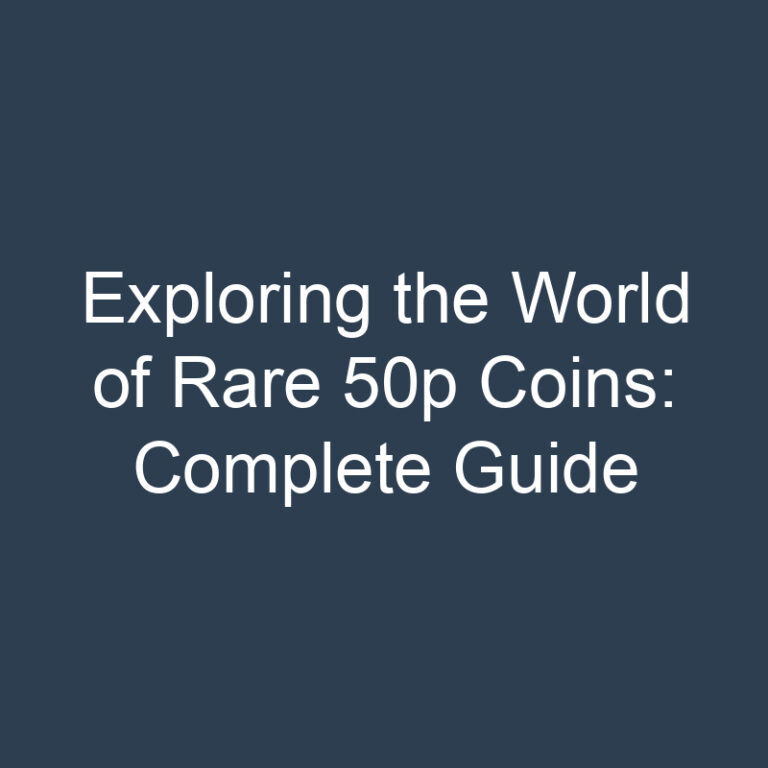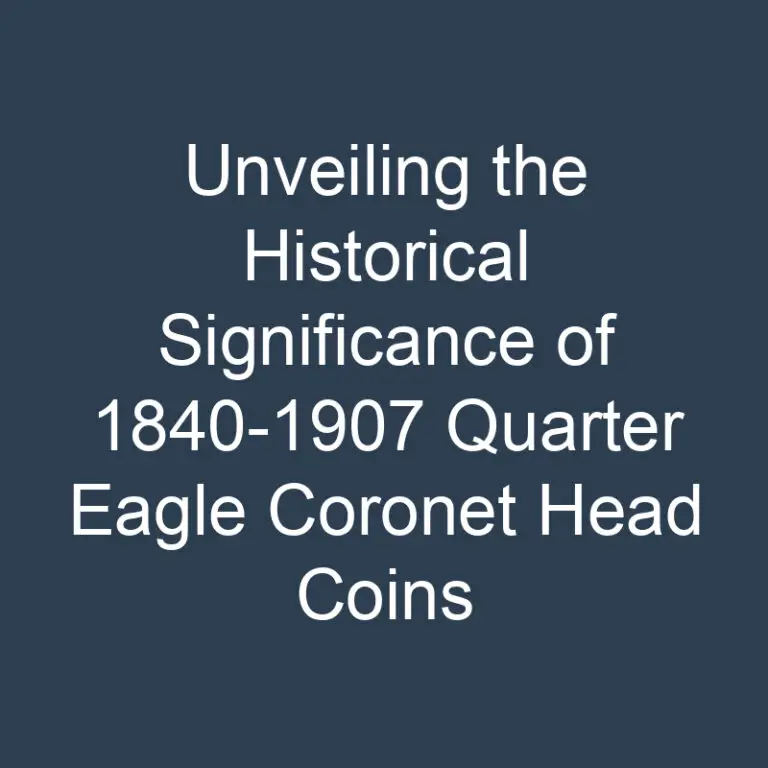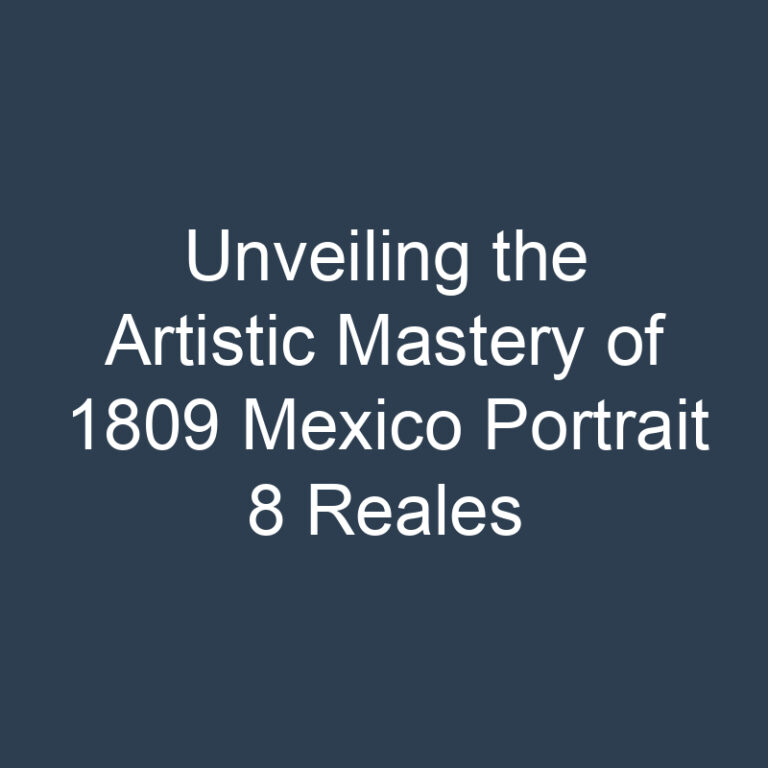
Are you curious about the 1958 British Columbia Commemorative Dollar? We’ve got you covered! This iconic coin holds a special place in Canadian numismatic history, with its unique design and historical significance. Join us as we delve into the story behind this fascinating piece of currency.
Crafted to commemorate the 100th anniversary of the founding of British Columbia, this dollar coin is a true collector’s gem. From its intricate details to the symbolism woven into its design, every aspect of this coin tells a rich and vibrant tale of Canadian heritage. Let’s explore the artistry and craftsmanship that make the 1958 British Columbia Commemorative Dollar a prized possession for numismatists and history enthusiasts alike.
History of the 1958 British Columbia Commemorative Dollar
Crafted in 1958 to commemorate the 100th anniversary of British Columbia’s establishment, the 1958 British Columbia Commemorative Dollar holds a special place in Canadian numismatic history. This silver dollar, with a diameter of 36 millimeters and a weight of 23.33 grams, was minted to honor the rich heritage and cultural significance of the province.
Designed by the renowned Canadian artist Stephen Trenka, this coin features a captivating portrayal of Queen Elizabeth II on the obverse side. The reverse side showcases a totem pole symbolizing the First Nations people of British Columbia, paying homage to the indigenous communities that have shaped the region’s history.
With a limited mintage of one million, the 1958 British Columbia Commemorative Dollar became a highly sought-after collectible among numismatists and history enthusiasts. Its intricate details and striking design make it a prized possession for those passionate about Canadian heritage and craftsmanship.
This commemorative coin not only marks a significant milestone in the history of British Columbia but also serves as a tangible link to the past, preserving the stories and traditions of the province for generations to come.
Design Elements of the Coin
When examining the 1958 British Columbia Commemorative Dollar, it’s evident that the coin’s design elements truly capture the essence of British Columbia’s rich history and cultural heritage. Here are some key aspects of the coin’s design:
- Obverse Side: The obverse side of the coin features a portrait of Queen Elizabeth II. This portrayal of the monarch serves as a nod to the British colonial history of British Columbia and its ties to the British monarchy.
- Reverse Side: On the reverse side of the coin, one can find a depiction of a totem pole, symbolizing the First Nations people of British Columbia. This design element pays homage to the indigenous communities that have long inhabited the region.
- Artist: The talented artist Stephen Trenka was responsible for bringing these design elements to life. Trenka’s attention to detail and respect for the cultural significance of the symbols portrayed on the coin make this piece a true work of art.
- Limited Mintage: With only a mintage of one million, this coin holds both historical value and scarcity, making it a coveted item among collectors and enthusiasts alike.
- Cultural Significance: The combination of Queen Elizabeth II’s portrait and the totem pole on the coin encapsulates the diverse cultural heritage of British Columbia, serving as a tangible reminder of the province’s past and the people who have shaped its identity.
In essence, the design elements of the 1958 British Columbia Commemorative Dollar not only make it a valuable collectible but also a powerful representation of the history and cultural tapestry of this Canadian province.
Symbolism in the Coin’s Design
The portrait of Queen Elizabeth II on one side of the 1958 British Columbia Commemorative Dollar pays homage to the province’s colonial history.
On the other side, the totem pole represents the rich cultural heritage of the First Nations people, showcasing their traditions and artistic craftsmanship.
Crafted by artist Stephen Trenka, this coin’s design encapsulates the diverse and intertwined histories of British Columbia.
The limited mintage of one million adds to its historical and collectible value, making it a prized possession for numismatists and history enthusiasts alike.
Collectibility and Value
When it comes to the 1958 British Columbia Commemorative Dollar, its collectibility and value are paramount. Here’s why:
- Limited Mintage: With only one million coins minted, the 1958 British Columbia Commemorative Dollar holds rarity that appeals to collectors worldwide.
- Historical Significance: The coin’s design, with the portrait of Queen Elizabeth II and the totem pole, encapsulates the rich history of British Columbia. This historical significance adds to its collectible value.
- Appeal to Numismatists: Numismatists, or coin collectors, are drawn to the 1958 British Columbia Commemorative Dollar due to its unique design and limited availability.
- Collector Demand: The combination of historical importance, limited mintage, and intricate design has led to a high demand for this commemorative coin in the numismatic community.
- Increasing Value: Over the years, the 1958 British Columbia Commemorative Dollar has shown a steady increase in value, making it not just a collector’s item but also a potential investment piece.
- Numismatic Market: In the numismatic market, this coin is highly sought after, with collectors willing to pay a premium for well-preserved specimens.
- Heritage Appeal: Beyond its collectible value, the coin’s representation of British Columbia’s heritage and cultural significance adds an extra layer of appeal for both collectors and enthusiasts.
Intricately blending history, artistry, and rarity, the 1958 British Columbia Commemorative Dollar stands as a timeless piece cherished by collectors and history buffs alike.
Key Takeaways
- The 1958 British Columbia Commemorative Dollar was crafted to celebrate the 100th anniversary of the province’s founding.
- Designed by Stephen Trenka, this coin features Queen Elizabeth II’s portrait and a totem pole symbolizing the First Nations people.
- With a limited mintage of one million, this commemorative dollar is highly valued by numismatists and history enthusiasts.
- The design elements of the coin encapsulate the diverse cultural heritage of British Columbia.
- The rarity, historical significance, and unique design contribute to the high collectibility and increasing value of this coin.
Conclusion
The 1958 British Columbia Commemorative Dollar stands as a testament to the rich history and cultural significance of British Columbia. Its limited mintage, unique design, and increasing value have solidified its position as a prized possession for collectors and history enthusiasts. This coin encapsulates the heritage and artistry of British Columbia, offering a blend of history, rarity, and beauty that continues to captivate numismatists worldwide. As we delve into the world of numismatics, the 1958 British Columbia Commemorative Dollar remains a timeless symbol of the past, present, and future, showcasing the enduring allure of coin collecting.
Frequently Asked Questions
What makes the 1958 British Columbia Commemorative Dollar collectible?
The 1958 British Columbia Commemorative Dollar is collectible due to its limited mintage of one million coins, historical significance, unique design, and increasing value over the years.
Why is the 1958 British Columbia Commemorative Dollar valued by numismatists?
Numismatists value the 1958 British Columbia Commemorative Dollar for its representation of British Columbia’s heritage, cultural significance, and blend of history, artistry, and rarity.
What has led to the high demand for the 1958 British Columbia Commemorative Dollar in the numismatic market?
The coin’s historical importance, unique design, limited mintage, and increasing value have led to high demand among collectors and history enthusiasts in the numismatic market.
Why is the 1958 British Columbia Commemorative Dollar considered a timeless symbol?
The coin’s representation of British Columbia’s heritage, cultural significance, and blend of history, artistry, and rarity have made it a cherished piece for collectors and history enthusiasts, embodying a timeless symbol.






